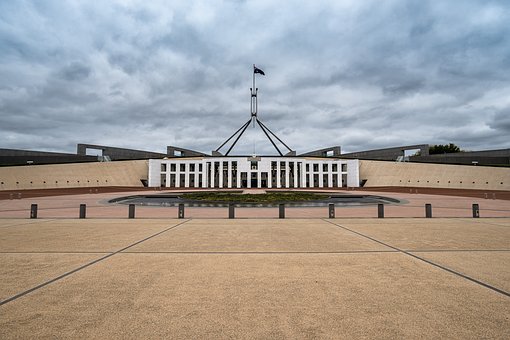- The Western Australian Government and Rio Tinto working together to supply water needed for local communities and industry
- Water Corporation and Rio Tinto will collaborate to assess and deliver Stage 2 of the Dampier Seawater Desalination Plant
- Project will reduce groundwater take and help protect sites of environmental and cultural importance
The Western Australian Government has signed a Memorandum of Understanding to join forces with Rio Tinto to strengthen water security in the Pilbara.
The West Pilbara Water Supply Scheme (WPWSS) supplies the towns of Karratha, Wickham, Dampier, Roebourne, Point Samson and the industrial areas of Cape Lambert and the Burrup Peninsula.
Over the past five years the West Pilbara has frequently experienced annual rainfall and streamflow below the long-term average. This has reduced important groundwater recharge at Millstream and Bungaroo borefields, as well as surface water runoff at Harding Dam, which supply the WPWSS.
Abstraction from these sources is of significant concern to Traditional Owner groups such as the Yindjibarndi and Robe River Kuruma People.
Rio Tinto’s delivery of Stage 1 of the Dampier Seawater Desalination Plant, at its existing Parker Point operations, will provide 4GL of water per year. This will significantly reduce abstraction from the Bungaroo borefield and is expected to be operational in 2026.
Negotiations between Water Corporation and Rio Tinto will assess, and if feasible, consider options to deliver Stage 2 which is expected to be operational in 2027. This will add a further 4GL of water per year to shore up a short-term supply of drinking water through the West Pilbara scheme and will also reduce pressure on the Millstream Aquifer.
Beyond this, the Water Corporation is committed to developing further climate-independent water sources through the planning and construction of an additional large-scale desalination plant by 2030. This will also support Rio Tinto’s transition pathway to zero abstraction from Bungaroo.
Comments attributed to Water Minister Simone McGurk:
“To safeguard short-term water supplies for the West Pilbara the Cook Government is collaborating with Rio Tinto on a sustainable, climate resilient future for the region.
“Water sustainability requires a holistic approach with careful consideration of social, operational, environmental and cultural factors.
“These steps will make significant progress towards reducing pressure on precious groundwater and respond to the concerns of Yindjibarndi and the Robe River Kuruma People Traditional Owners on the environmental and cultural impact on these water sources.
“I thank Rio Tinto for its commitment to work with Water Corporation and the State Government on a solution that will benefit local communities, industry, and the environment.”
Comments attributed to Rio Tinto Iron Ore Chief Executive, Simon Trott:
“Water is a scarce resource, particularly in the West Pilbara. We want to play our role in ensuring there is secure, sustainable and climate-independent water supply for all users in the region.
“As part our commitment to using water more efficiently, construction of Stage 1 of our Dampier Seawater Desalination Plant is well under way. This will reduce abstraction from the Bungaroo borefield, which we recognise is a significant concern for the Robe River Kuruma People.
“We are pleased to partner with the Western Australian Government in Stage 2 of the Dampier Seawater Desalination Plant. We also welcome the news that it is prioritising the delivery of a further desalination plant for the region. The Government’s large-scale plant will support Rio Tinto’s transition pathway to zero abstraction from the Bungaroo Coastal Supply Borefield, as well as deliver clear benefits to the broader West Pilbara community.”
/Public Release. View in full .







